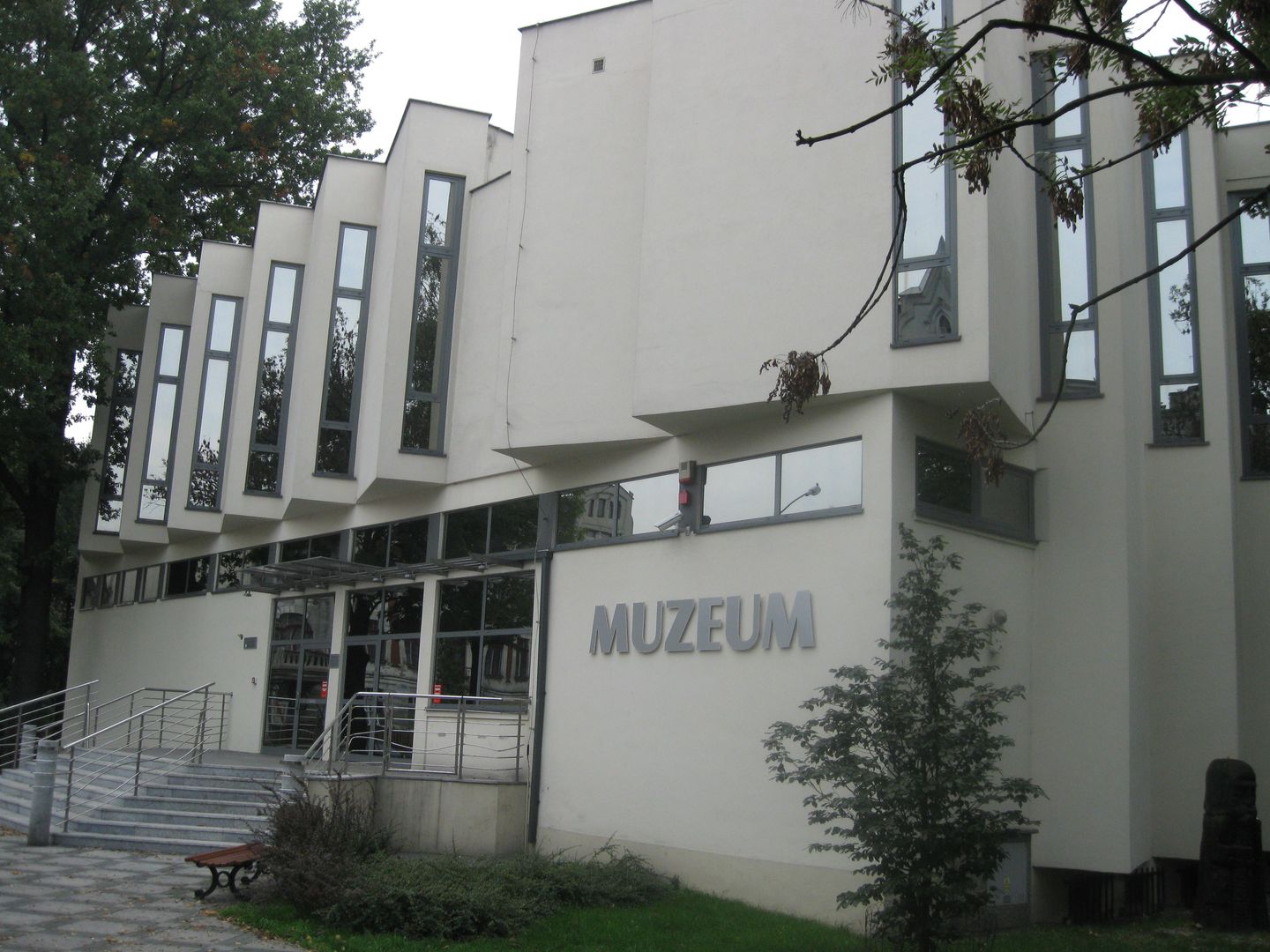District Museum of the Kalisz Land in Kalisz
6.81

Overview
The District Museum of the Kalisz Land in Kalisz, established in 1906 as the Archaeological Museum, is one of the oldest regional museums in Poland and plays a key role in documenting the history of Kalisz and eastern Greater Poland. Currently, the museum, which is a provincial cultural institution, is managed by Marcin Magdziński. The history of the museum dates back to 1883, when the idea of its creation was first proposed, and in 1906, collections related to archaeology gave rise to the first permanent exhibition. In 1914, the museum was named the Museum of the Kalisz Land and gained a reputation as a local cultural center. After losing its collections during World War II, the museum made efforts to rebuild its collection and in 1948 presented its first post-war exhibition. Meanwhile, in 1958, the museum was enriched by the unique Słuszków coin hoard, which includes the largest collection of cross denarii in the world. The museum's collections include exhibits related to archaeology, ethnography, history, and art, including those touching on the daily life of the region's inhabitants. An interesting fact is the legend surrounding the rim of Sieciech's denarii, which is one of the oldest relics of the Polish language. The museum also includes the Archaeological Reserve, the Tadeusz Kulisiewicz Drawing and Graphic Arts Center, and the Manor of Maria Dąbrowska in Russów, highlighting its architectural and cultural contribution to the region.
Location
2025 Wizytor | All Rights Reserved